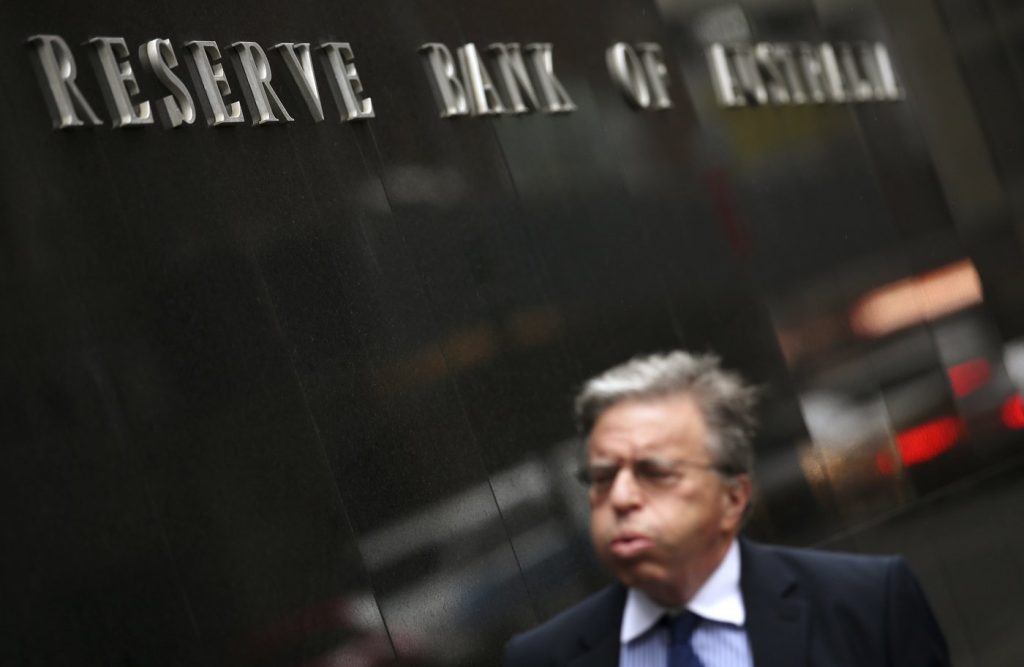MELBOURNE, Australia (AP) In a significant move, Australia’s central bank has reduced its benchmark interest rate for the first time since October 2020. This decision comes as the nation witnesses a cooling of inflation, providing a much-needed relief for Australian households and the economy.
The Reserve Bank of Australia (RBA) announced a reduction of the cash rate by 25 basis points, lowering it from 4.35% to 4.1%. This adjustment was made during the bank’s first board meeting of the year and was largely anticipated given the recent inflation trends.
Inflation data has shown a marked decline, with a rise of only 0.2% recorded in the December quarter and an annual increase of 2.4% for the calendar year 2024. This is a significant drop compared to the peak annual inflation rate of 7.8% witnessed two years prior, suggesting that the RBA’s monetary policies are starting to take effect.
The Reserve Bank aims to maintain inflation within a target range of 2% to 3%. In a statement, the board highlighted that inflation has fallen substantially since its peak in 2022, attributing this decrease to the higher interest rates that have been introduced to balance aggregate demand and supply.
Unemployment rates in Australia also remain low, with figures showing a rate of 4% in December, slightly up from 3.9% in November. This consistency in employment levels, combined with the recent rate cut, presents a positive outlook for the Australian economy, especially as the country heads towards the next election.
This rate cut is a welcome shift for Prime Minister Anthony Albanese's center-left Labor Party government, which is gearing up for an election that is expected by May 17. Treasurer Jim Chalmers expressed his support for the board's decision, stating, “This is the rate relief Australians need and deserve. It won’t solve every problem in our economy or in household budgets but it will help.”
Since the Albanese government took office on May 21, 2022, twelve out of the last thirteen rate increases have occurred, indicating a strong focus on combating inflation. The cycle of rate hikes began under the previous administration, which initiated an increase from a record low of 0.1% to 0.35% on May 4, 2022.
As the nation grapples with a higher cost of living and a persistent housing shortage, these issues are anticipated to take center stage in the upcoming election campaign. The central bank had previously maintained the cash rate at 4.35% since November 2023, marking the highest rate since a decline from 4.5% to 4.25% in December 2011.
In conclusion, the RBA's decision to cut interest rates signals a pivotal moment for Australia, potentially easing financial pressures on households while navigating the complexities of economic recovery. The implications of this rate reduction are poised to influence both governmental policy and public sentiment as the country prepares for its electoral future.










